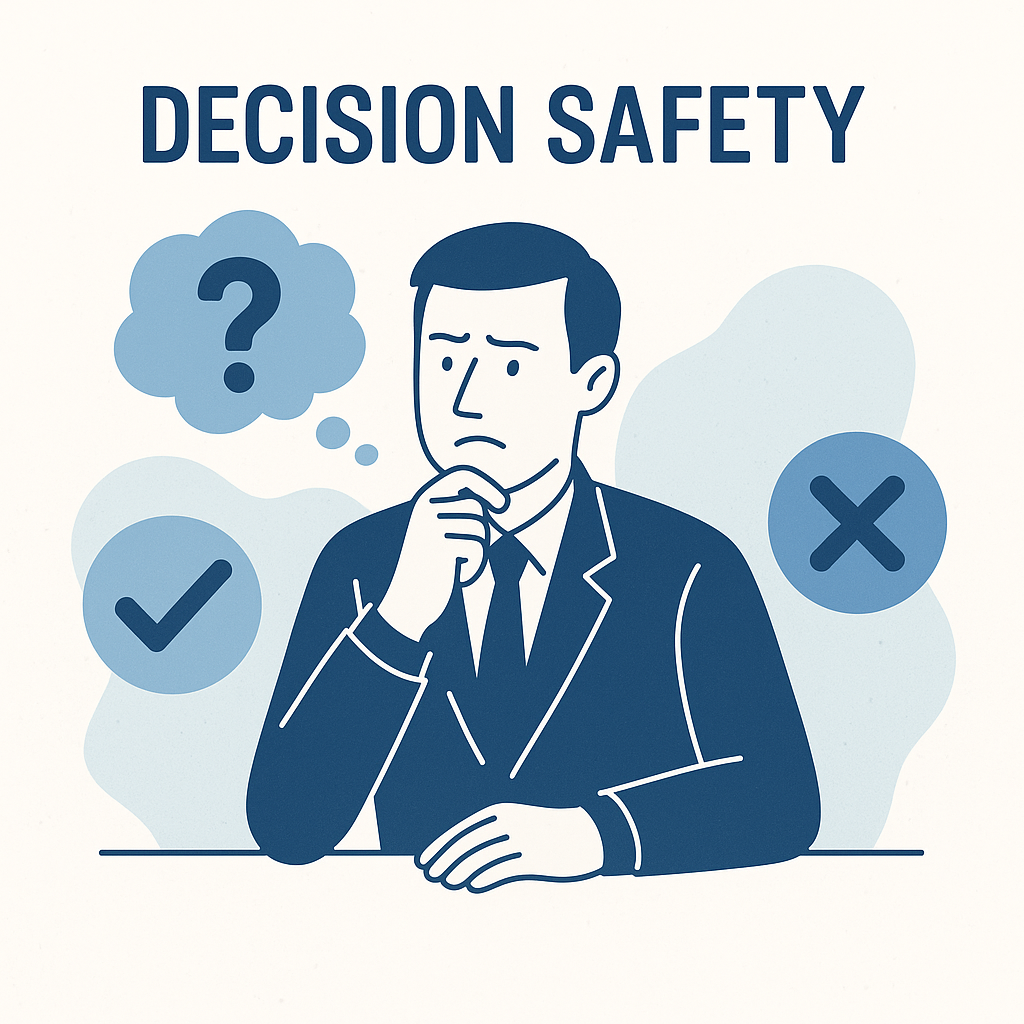
In day-to-day life, people make buying decisions quickly. We pick up items we don’t need, subscribe to services we barely use, and tap our
cards without much thought. These choices don’t carry consequences, so we move through them without hesitation.
In business, everything changes.
When a decision has real weight when it affects money, time, outcomes, internal expectations, or someone else’s scrutiny the pace slows
dramatically. It’s not because the decision is too complex or because people lack information. It’s because the decision suddenly becomes
personal. Someone knows they will have to carry the outcome, for better or worse.
This is where hesitation begins, and where most commercial decisions stall and don't progress.
.
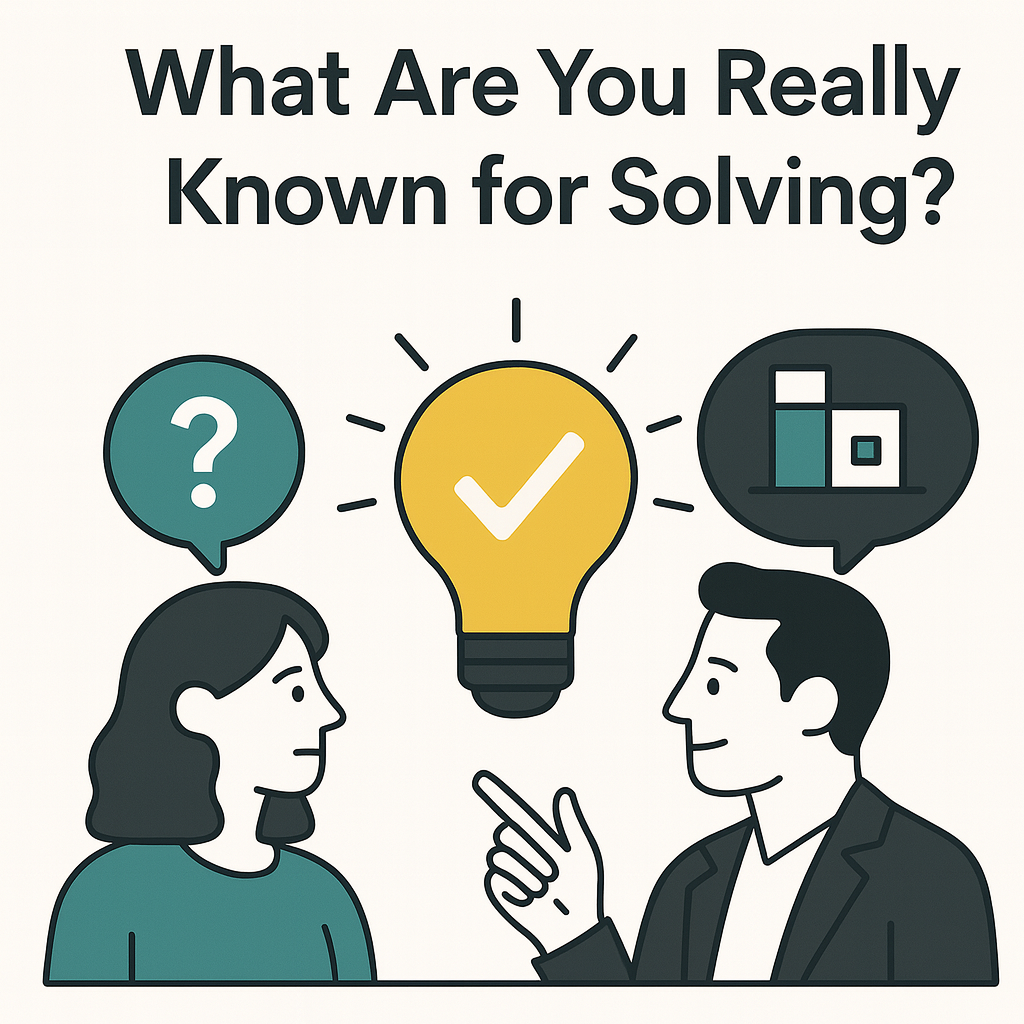
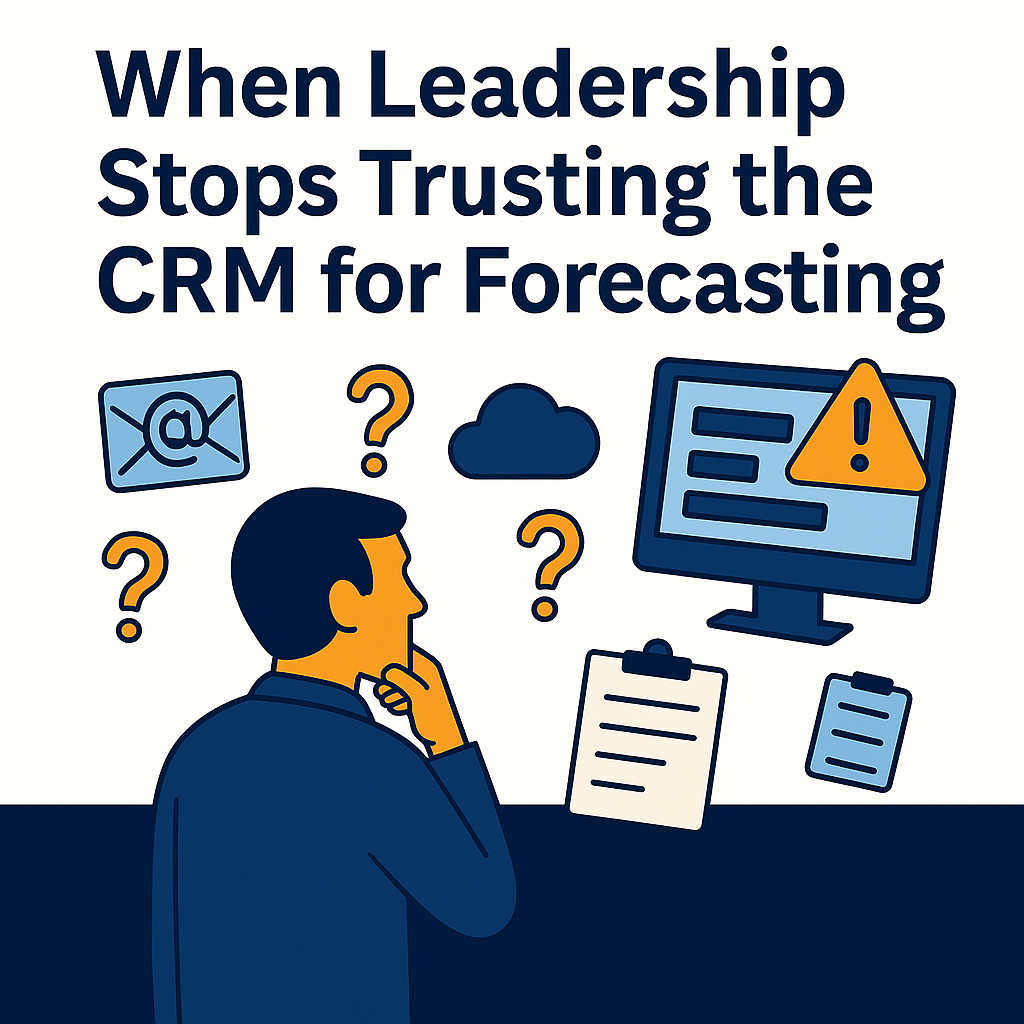
I see it all the time.
A business invests in a CRM, sets up the pipeline stages, and rolls it out across the team. For a while, it looks like everything is in one
place. Deals are tracked, activities are logged, and reports can be generated at the click of a button.
But fast forward, and leadership is back to where they started. Instead of trusting the CRM, they’re firing off emails:
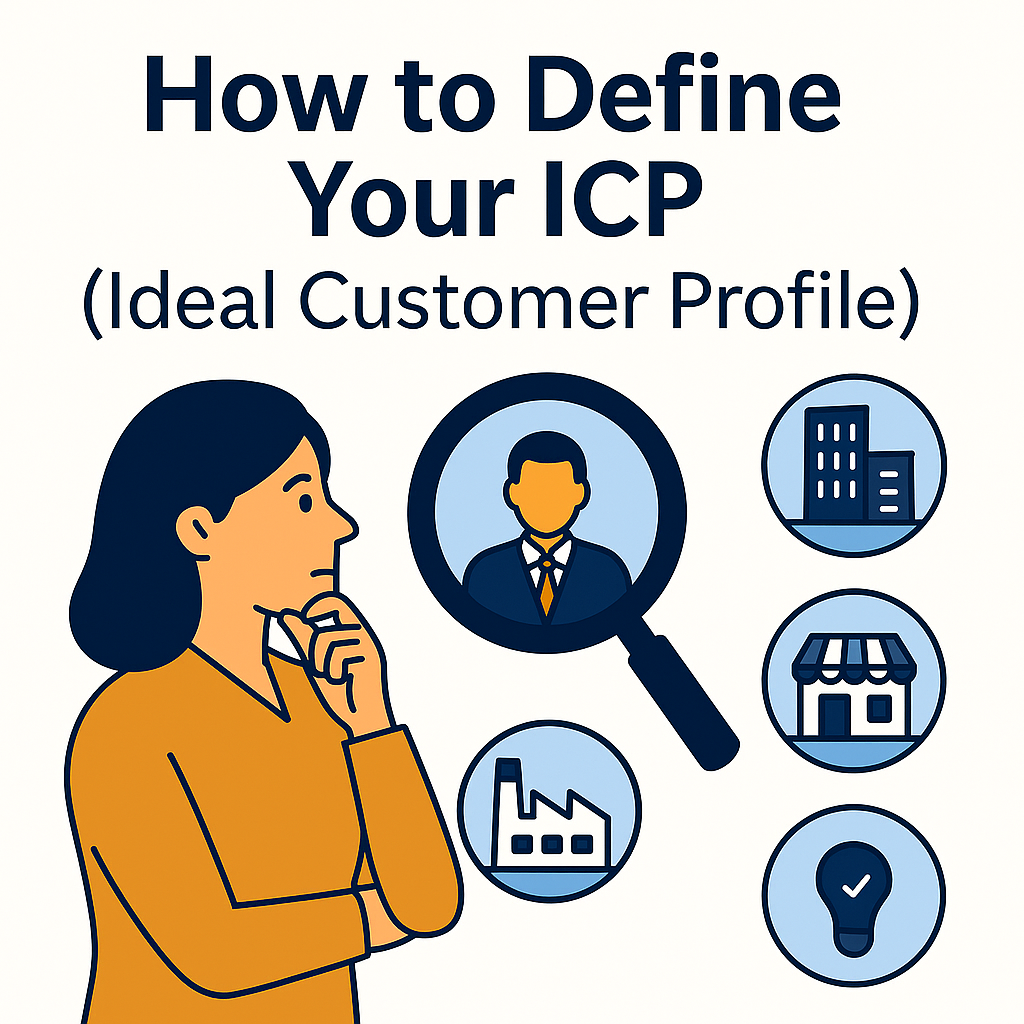
Getting clear on who you serve best
When I ask a business who their ideal customer is, I usually get broad answers like:
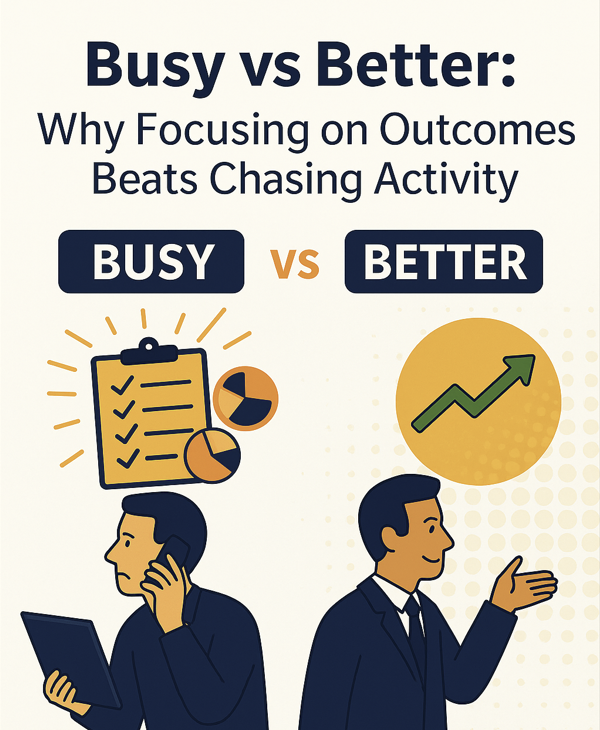
Most businesses don’t struggle because people aren’t working hard.
They struggle because effort isn’t translating into the right outcomes.
It’s an easy trap to fall into. Leaders want accountability, so they start measuring activity: number of calls made, meetings booked,
proposals sent, tasks ticked off. Soon, the business becomes obsessed with being busy.
The problem? Activity alone doesn’t guarantee progress.
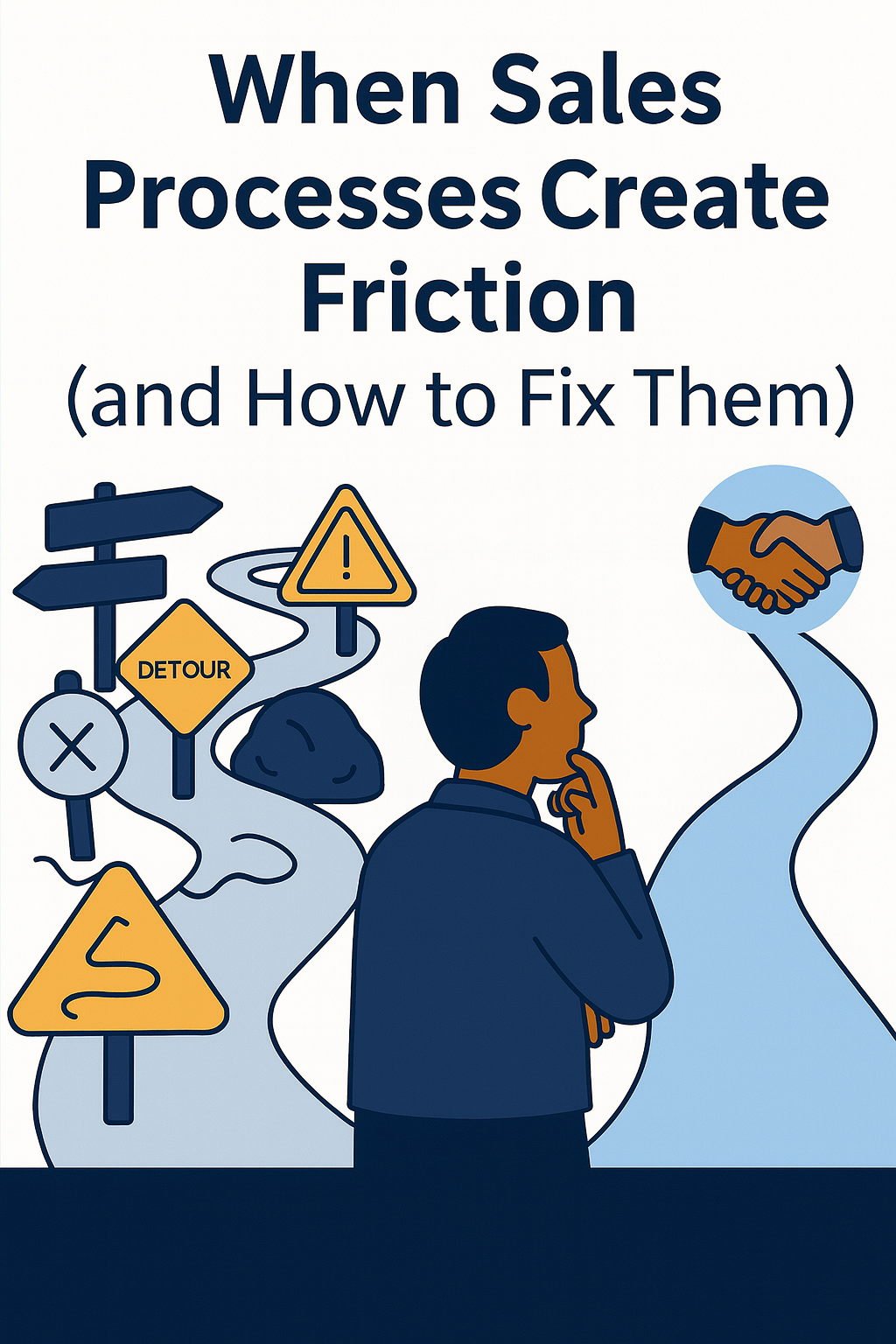
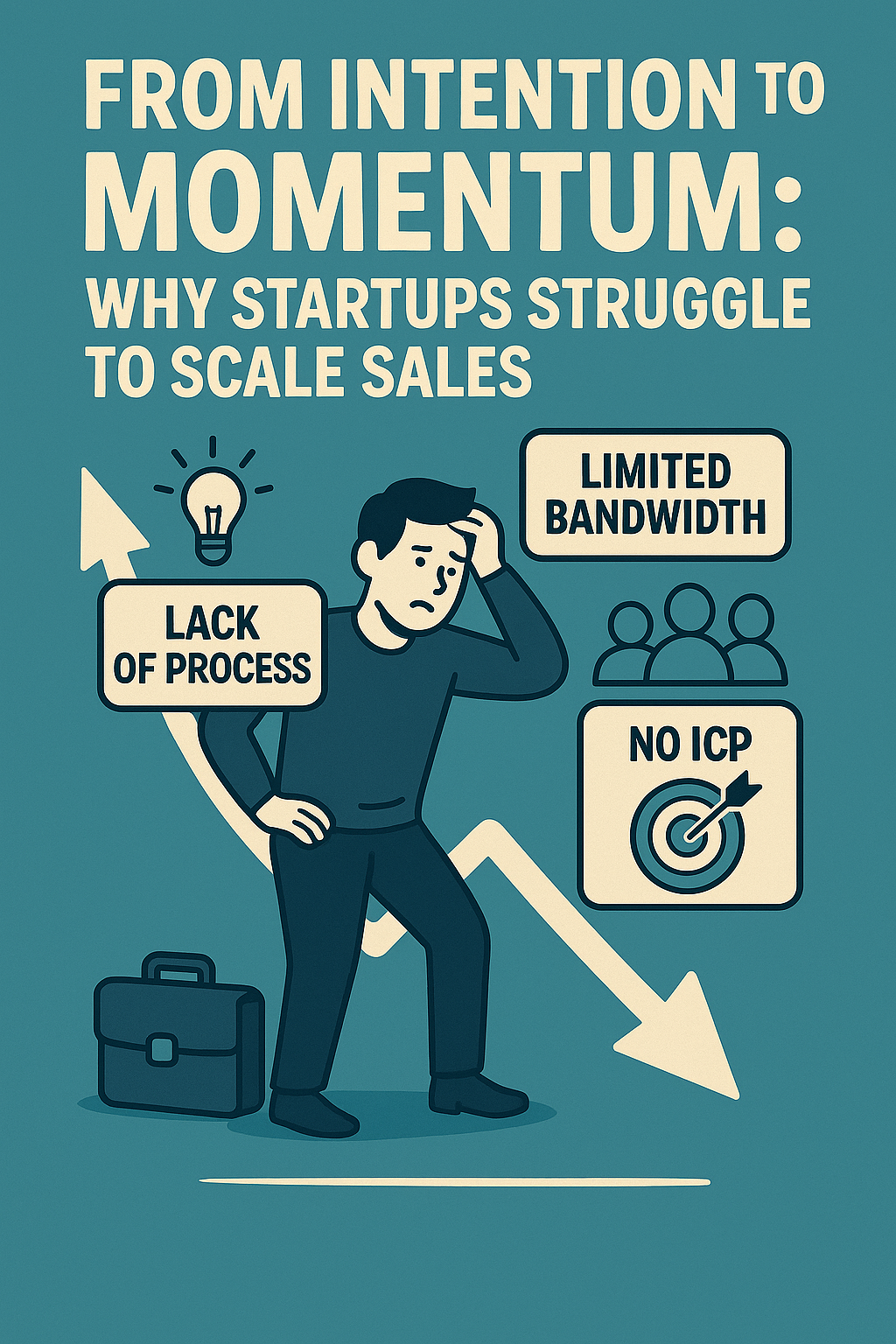
Most startups are built on intention.
The intention to change how something is done.
The intention to grow fast and win a market.
The intention to create something valuable enough to attract customers and investors.
But intention is not momentum.
Momentum is what happens when good ideas meet repeatable systems. It’s what keeps revenue flowing when the founder isn’t on every call. It’s
what sustains confidence through funding cycles and market shifts.
And momentum, in sales especially, is where many startups stall.
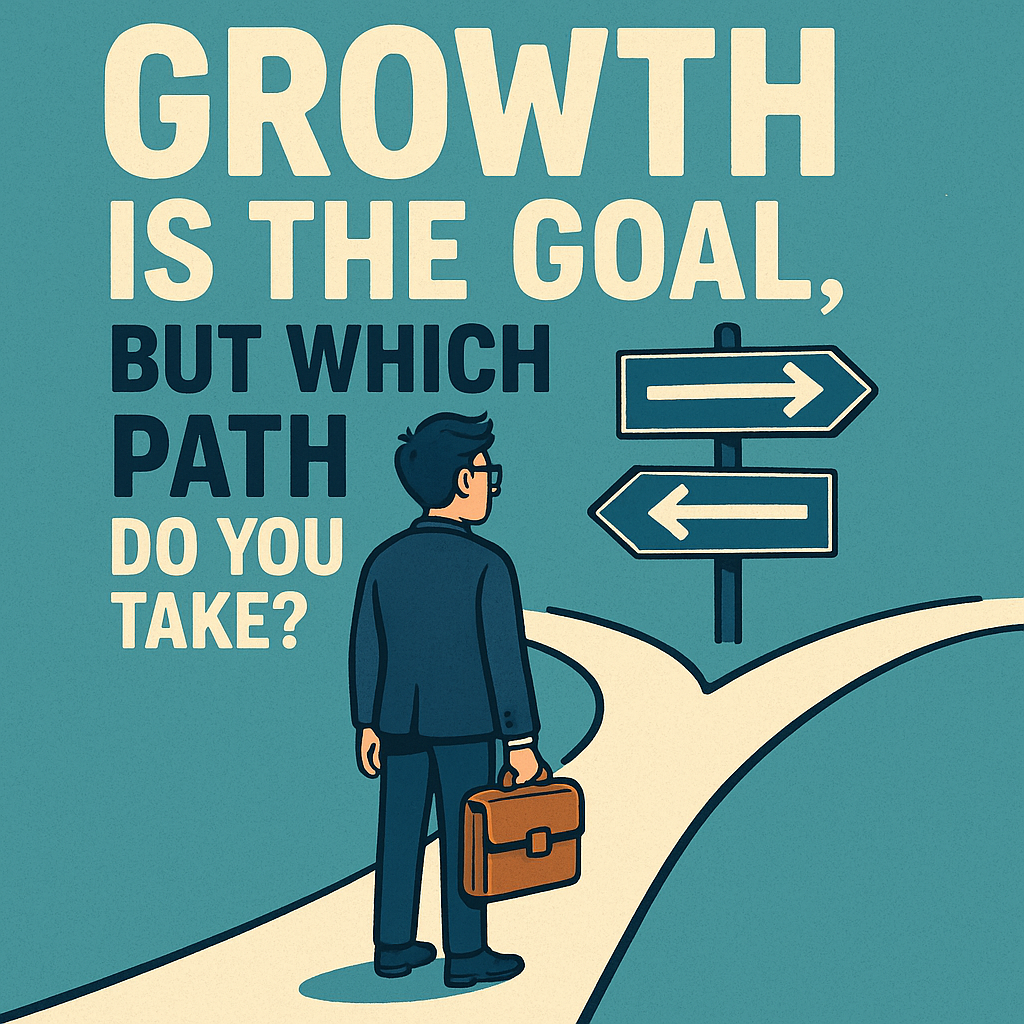
Most business owners I speak with want the same thing: consistent, predictable, revenue and growth.
Not
just a few good months here and there. Not just a streak of referrals. But steady, reliable growth you can plan around. The problem? Getting
there isn’t straightforward. Most leaders end up asking themselves two questions on repeat:

When business feels good, it’s tempting to think you’ve cracked the code. Work is flowing in, quoting feels smooth, clients are happy, and
you’re winning more than you’re losing.
It’s a great place to be, but it’s also one of the most important times to take a closer look. Because while success today is encouraging,
sustained success tomorrow requires more than riding a good wave.
The businesses that scale consistently don’t just wait for things to dip before they adapt, they use the good times to build the structure
that makes growth predictable.
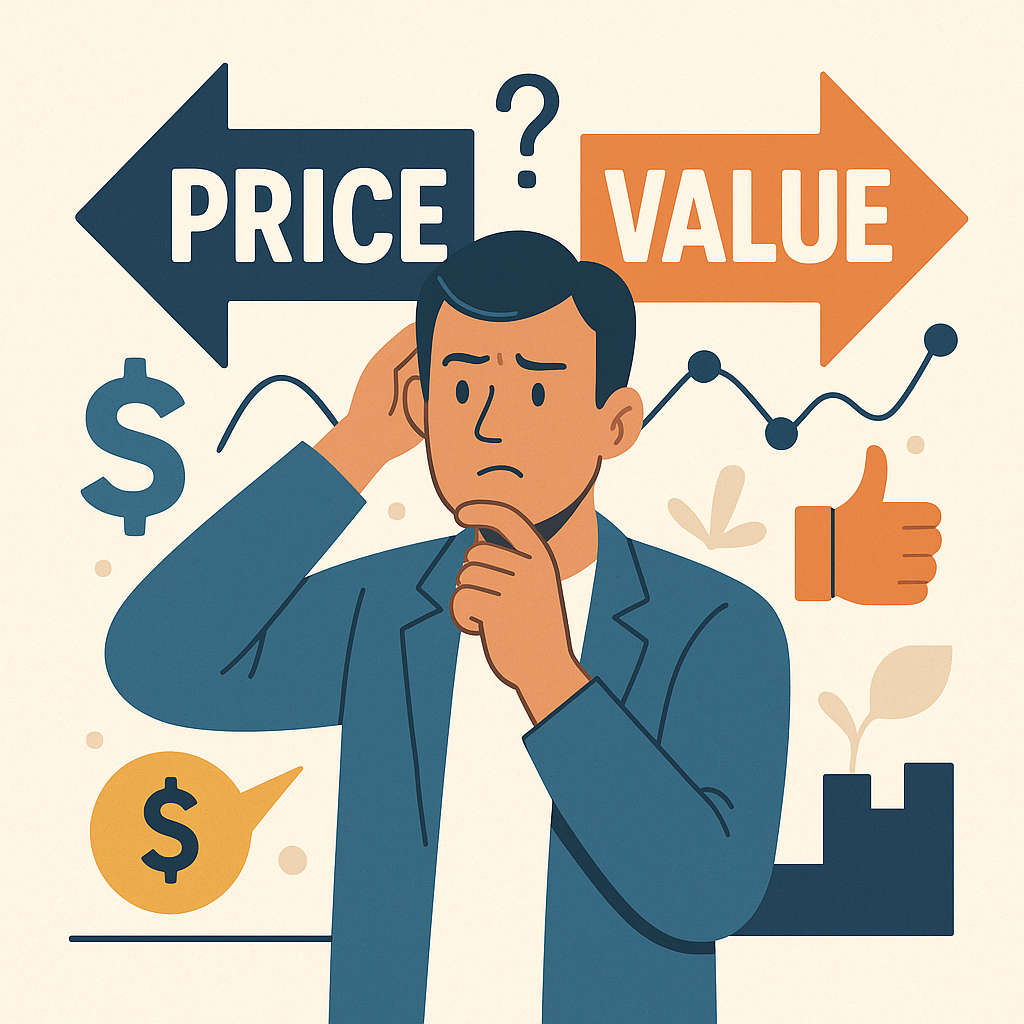
You know the drill.
A lead comes in. They ask for a quote. You send it.
Next thing you know, it’s ghost town, or worse, you get told “someone else can do it cheaper.”
And you start doing the maths in your head:
👉 “Should I shave a bit off to win the job?”
👉 “Maybe I’ll throw in a little extra, just this once.”
👉 “That’s just how it is these days, right?”
But what if that is the reason you’re?
Not the economy.
Not the competition.
Not the market.
The way you’re framing your value is what’s keeping you in the grind.
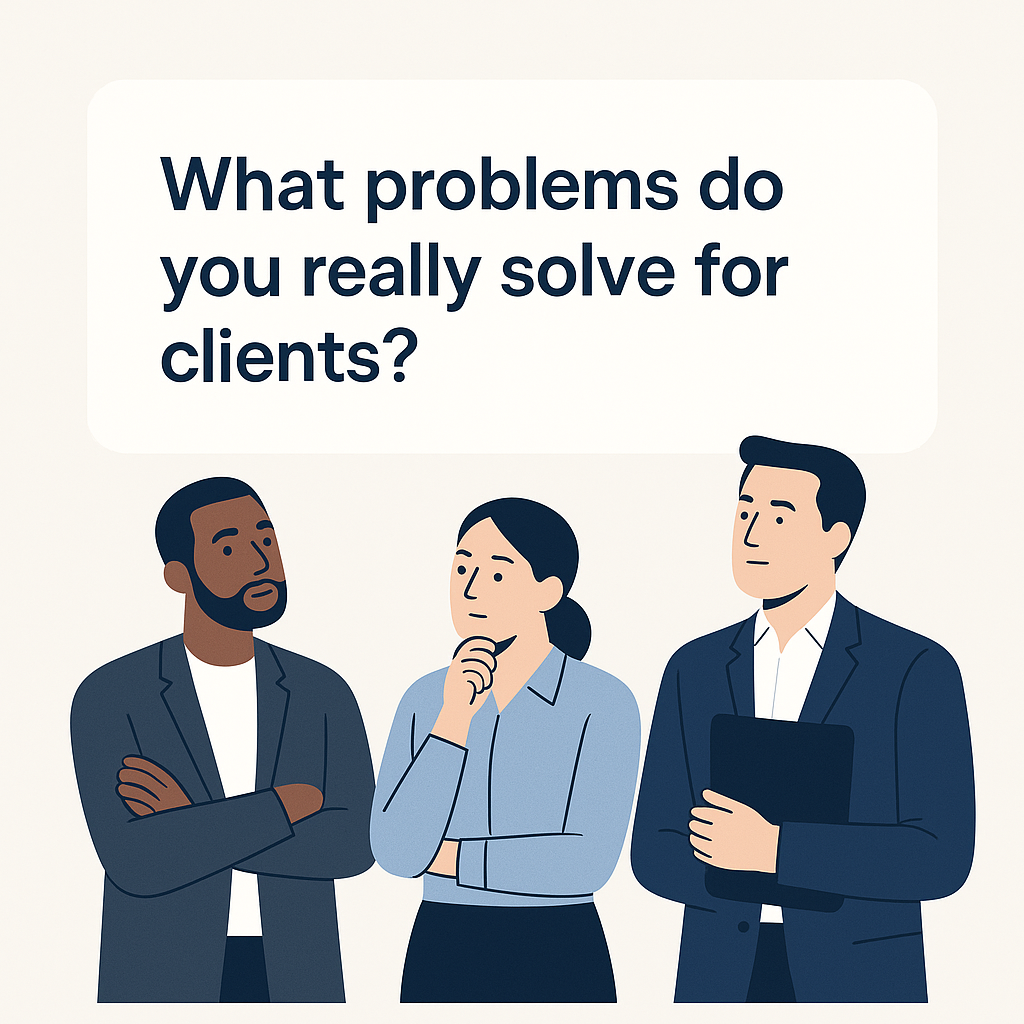
Most businesses can tell you what they do.
The good ones can tell you how they do it differently.
But the ones that grow sustainably, win better clients, and stand out, they understand something deeper:
It’s not just the problem you solve. It’s what that problem really means for the person living with it.
That’s the layer most businesses skip and it’s the one that matters most when it comes to growth, sales, and why someone chooses you
over someone else.
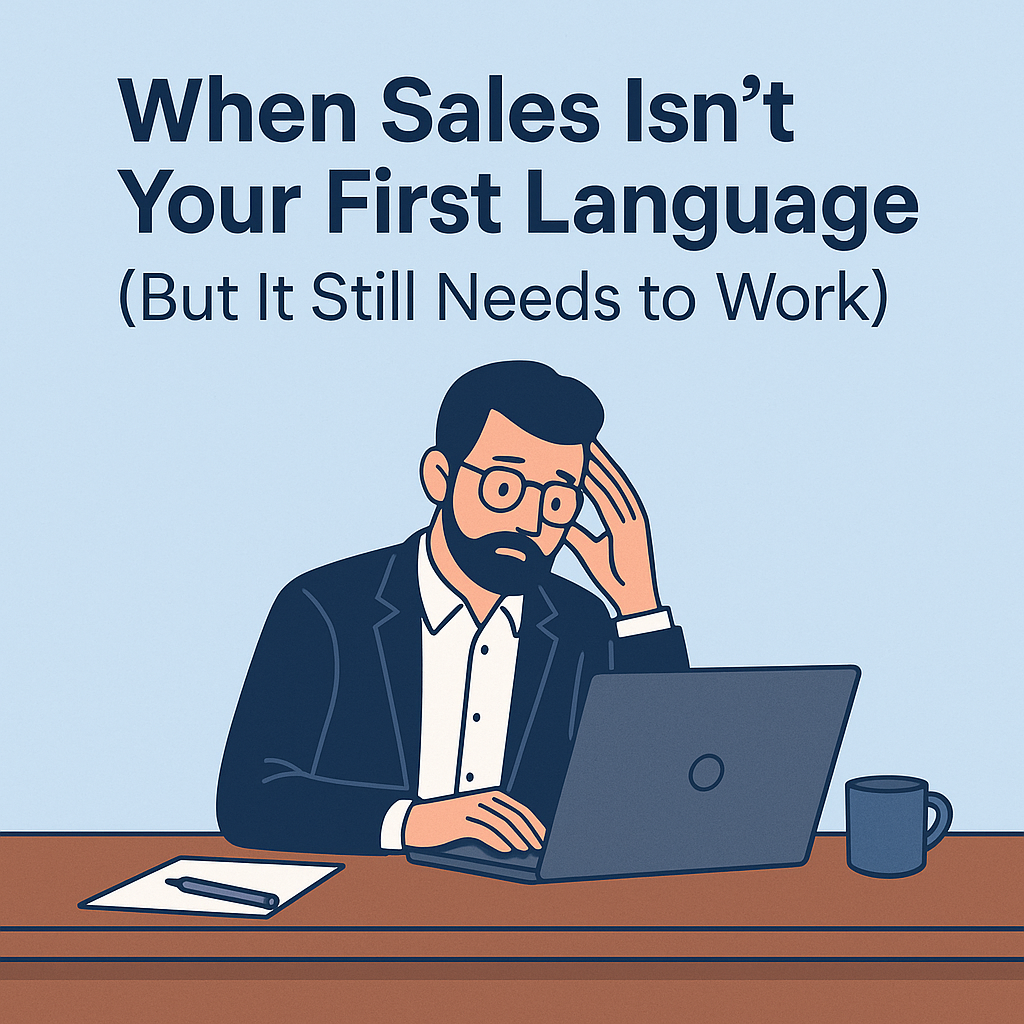
If you’re running a business, chances are you didn’t start it because you love sales. You started it because you were good at your trade,
passionate about your craft, or saw a better way of doing things in your industry.
But here you are, leading the business and suddenly responsible for keeping the work flowing in. And when sales isn’t your first language,
that part can feel like a grind.